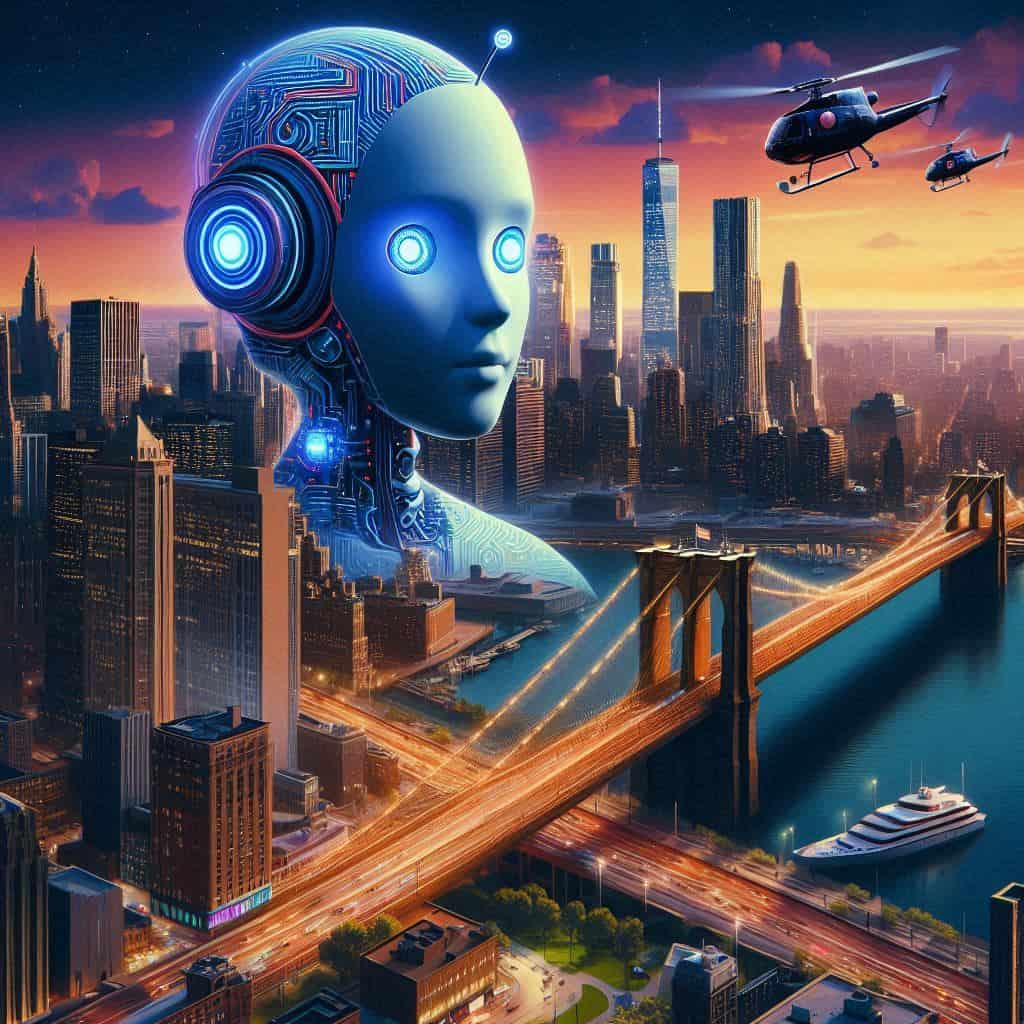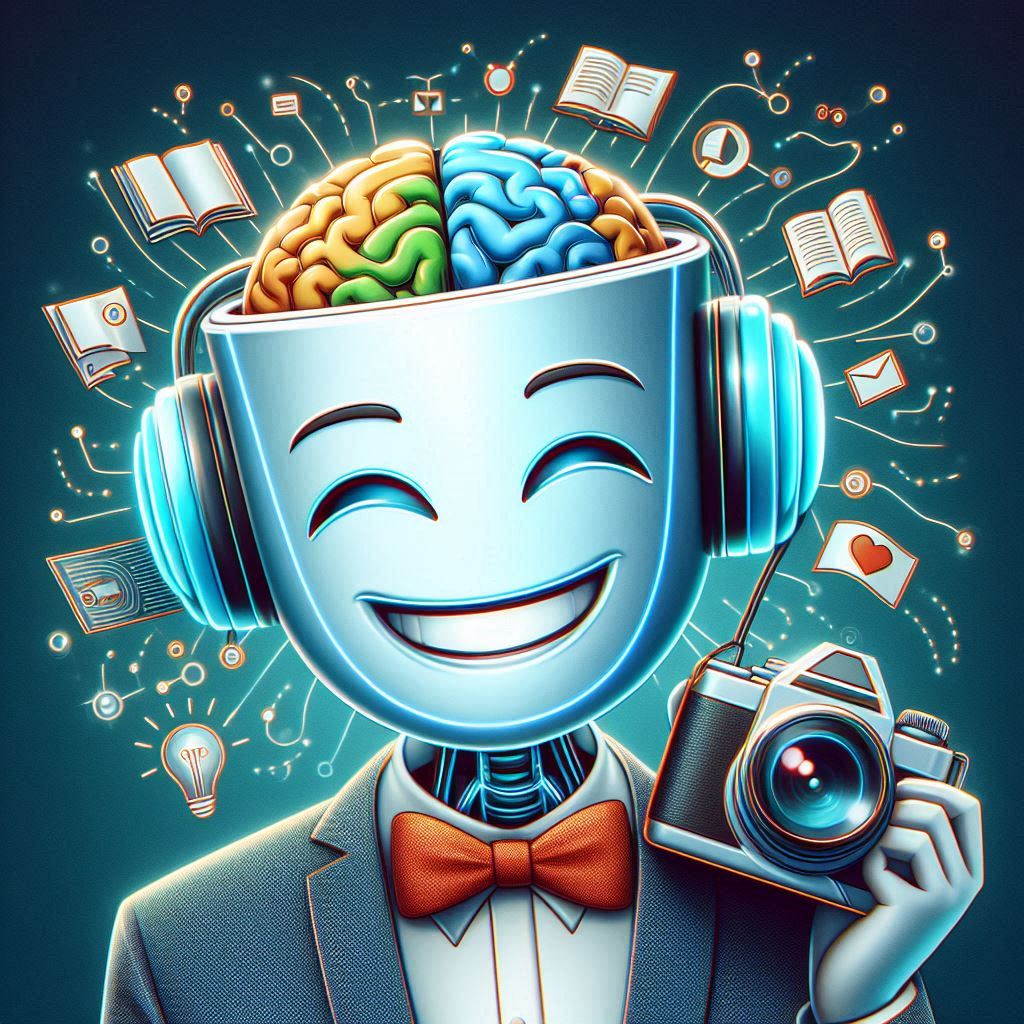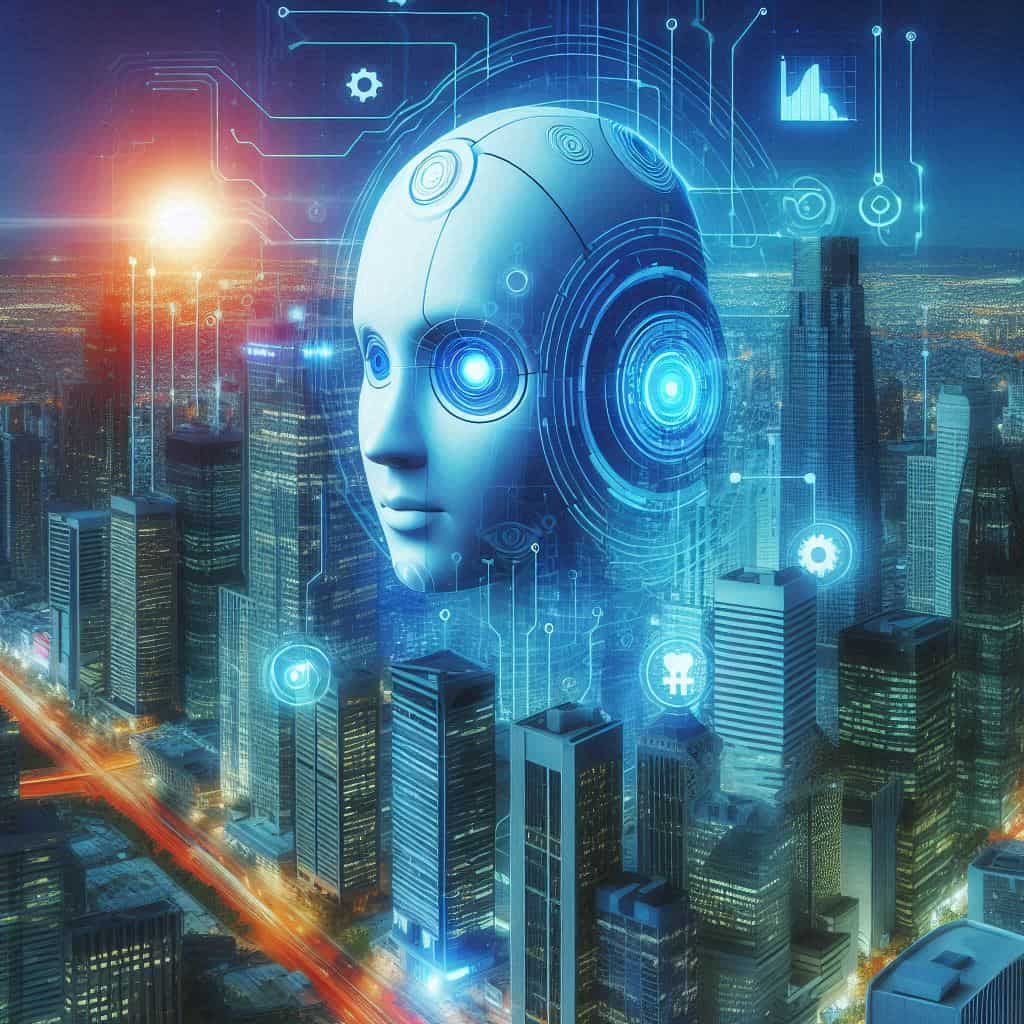
Balancing AI and Human Creativity: The Ultimate Guide to Content Creation in the Age of AI
- Editing & Refinement

While AI can produce content quickly and efficiently, it lacks the nuance, creativity, and empathy of human-generated content. To maximize the benefits of both, companies should use AI for tasks such as generating outlines and conducting keyword research, and use human writers for editing, personalization, and storytelling. This ensures high-quality, unique content that engages consumers while maintaining brand values and cultural sensitivity. Continue reading to learn more about balancing human and AI content creation.
Understanding the Rise of AI in Content Creation
The emergence of artificial intelligence (AI) has reshaped how businesses engage with their audiences. From personalized email campaigns to predictive analytics, AI-powered tools are transforming digital marketing and communication. These tools leverage natural language processing (NLP) to analyze data, understand context, and generate human-like text, making them an attractive option for businesses seeking efficiency and scalability.
Benefits of AI-Generated Content
- Efficiency and Speed: AI tools can produce vast amounts of text in seconds, far surpassing human writing speed.
- Cost-Effectiveness: AI offers a budget-friendly alternative to hiring writers, especially for large-scale content needs.
- Consistency: AI ensures a uniform tone and style across all content, promoting brand consistency.
- SEO Optimization: Many AI tools are programmed to produce SEO-friendly content, incorporating keywords and meta descriptions for improved search engine visibility.
Limitations of AI-Generated Content
- Lack of Creativity: AI often struggles to generate genuinely original and innovative ideas.
- Emotional Disconnect: AI-generated content often lacks the emotional depth and personal experiences critical for resonating with audiences.
- Contextual Errors: Despite advancements, AI can misinterpret context and generate inaccurate or irrelevant content.
- Ethical Concerns: The over-reliance on AI raises questions about plagiarism, content authenticity, and the potential for misuse.
The Indispensable Human Touch
In today’s hyperconnected world, consumers crave authenticity. They desire genuine connections with brands that go beyond transactional relationships. While AI can facilitate personalized interactions, it cannot replicate the authenticity and empathy that come from genuine human interaction. Human-generated content remains vital for its ability to forge these connections through creativity, emotional resonance, and genuine human experiences.
Advantages of Human-Generated Content
- Authenticity: Readers connect better with content that reflects real experiences and genuine emotions.
- Creativity: Human writers can craft unique narratives, ideas, and perspectives that AI cannot replicate.
- Adaptability: Humans can tailor content to specific audiences, incorporating cultural nuances and current trends.
- Critical Thinking: Unlike AI, humans can analyze complex topics and present balanced, well-informed viewpoints.
Challenges of Human-Generated Content
- Time-Consuming: Crafting high-quality content requires significant time and effort.
- Cost: Hiring experienced writers can be expensive.
- Inconsistencies: Without strict guidelines, human writing can lack uniformity in tone and style.
Why Balance Matters: A Symbiotic Relationship
Neither AI nor human content creation is perfect on its own. A hybrid approach that leverages the strengths of both, however, can enhance efficiency without sacrificing quality. Digital transformation is not about blindly adopting the latest technologies but thoughtfully integrating them to augment team strengths. The future of work is a partnership between humans and AI, where each enhances the other’s strengths.
Benefits of Combining AI and Human Input
- Maximizing Efficiency: AI can handle tasks like generating drafts, conducting keyword research, or summarizing data, allowing human writers to focus on refining and personalizing content.
- Enhancing Creativity: AI can offer inspiration by generating ideas or analyzing trends, while humans craft compelling narratives from these sparks.
- Ensuring Accuracy and Authenticity: Human oversight ensures content is factually correct, emotionally resonant, and aligned with brand values.
- Catering to Diverse Needs: AI can generate content at scale, while human input ensures alignment with specific audience preferences.
Real-World Examples of AI and Human Collaboration
- E-Commerce: AI-generated product descriptions combined with human-written reviews and testimonials boost credibility and engagement.
- Blogging: AI tools help generate topic ideas and optimize for SEO, while human writers create in-depth, engaging articles.
- Social Media: AI aids in scheduling and drafting posts, leaving humans to interact with the audience and create viral content.
- Email Marketing: AI personalizes subject lines and recommendations, while humans craft compelling messages and calls to action.
The Changing Landscape of Content Creation
Industries across the globe are prioritizing digital transformation strategies. AI assists in diagnosis and treatment planning in medicine, while doctors provide the empathy and care that machines cannot. In film, AI aids tasks like script analysis, allowing filmmakers to focus on storytelling. In customer service, chatbots handle routine inquiries, while human agents tackle complex issues. This symbiosis is not about replacing humans with machines but about reimagining how we work, creating a future where AI and human expertise achieve outcomes neither could accomplish alone.
Actionable Strategies for Striking the Right Balance
Successfully integrating AI and human creativity requires a thoughtful approach.
1. Define Clear Roles for AI and Humans
- AI: Use AI for data-driven tasks like:
- Initial drafting
- Keyword research
- Data summarization
- Content optimization
- Humans: Leverage human expertise for:
- Storytelling
- Editing
- Adding a personal touch
- Ensuring quality and uniqueness
- Fact-checking
- Guiding AI tools for accuracy and engagement
2. Invest in Quality Tools and Technology
- Choose AI tools aligned with your content goals, including:
- ChatGPT: Conversational content
- Grammarly: Editing and grammar checking
- Market Muse: SEO optimization
- Screaming Frog SEO spider, OpenAI API, and AlsoAsked API are key for analyzing content URLs in real-time and identifying areas where content needs improvement.
- Generative AI (GenAI) APIs in cloud platforms are revolutionizing digital workplaces. Consider exploring cloud-based platforms for GenAI implementation.
3. Prioritize Collaboration and Integration
- Encourage collaboration by having writers use AI-generated outlines as a foundation and editors refine AI drafts for creativity.
- Ensure seamless integration and continuous learning for both AI and humans.
- Effective communication and feedback loops are critical for successful collaboration.
4. Focus on a Robust Content Strategy
- Set clear content goals (brand awareness, lead generation).
- Define the tone, style, and voice consistent with brand values and cultural sensitivity.
- Allocate tasks based on the complexity and purpose of each piece.
- Identify intent gaps in your existing content and use AI to fill them.
- Consider using ABA data to gain a deeper insight into user intent and expectations.
5. Measure, Optimize, and Adapt
- Analyze content performance to identify areas for improvement.
- Track metrics like engagement, conversions, SEO rankings, task completion speed, error rates, cost savings, and customer satisfaction.
- Stay informed about AI advancements and industry trends and adapt strategies accordingly.
- Invest in training and upskill employees to work effectively alongside AI.
- Establish clear roles and responsibilities for humans and machines to ensure a smooth and efficient workflow.
- Implement monitoring and evaluation processes to gauge performance and identify areas needing improvement.
Share:


